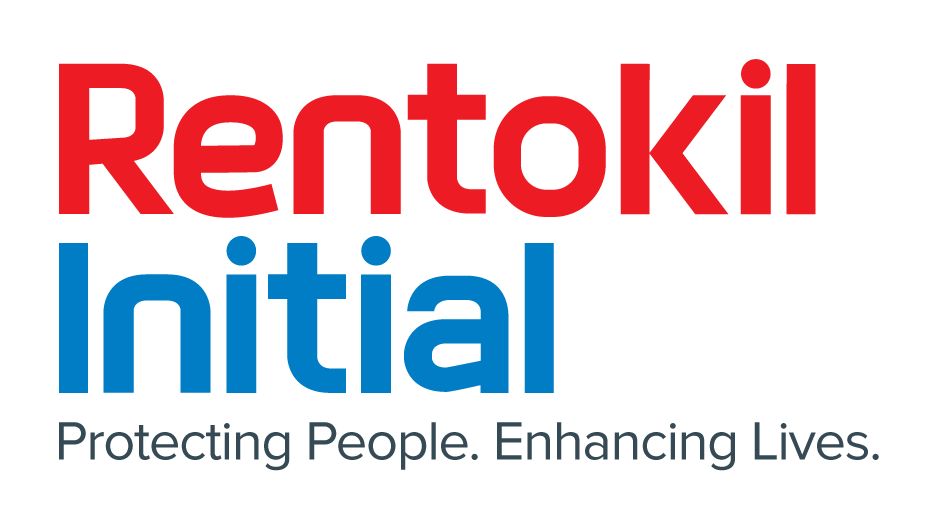Work-related muscular skeletal injuries are a persistent cost for businesses and individuals.
Our bodies function best with regular movement, varied postures and periods of rest. However, modern working environments generally don’t allow us to move in this way. Many jobs place unnatural, repetitive physical demands on the body - forklift drivers, construction teams and process line workers for instance.
If we can’t correctly adapt our movement to our environment - ongoing discomfort, injuries and long-term physical problems can start to occur.
Learning to adapt takes more than the standard approach to training where a few hours in a room with an instructor and a Powerpoint presentation is expected to get people to make lasting physical changes. It won’t. This is because the nature of classroom learning does not sufficiently encourage or enable people to change their movement habits.
Injury-prevention training and the new HSW Act
Under the new Health and Safety at Work Act (HSW) persons conducting a business or undertaking (PCBU) have significantly greater responsibility and duty to eliminate safety risk in the workplace.
Where injury from manual handling is identified as a risk, the control to minimise that risk may be injury-prevention training. In order for training to be a valid safety control, there should be documented evidence that its effectiveness is being monitored and measured.
Injury-prevention training is only effective if it can change habits
People need to learn how to identify and change their movement habits that contribute to strain and discomfort. This is not a quick fix approach and requires a sustained effort from businesses.
Creating a working culture where physical wellbeing is embraced is crucial in supporting people who need to change their physical habits. With a supportive culture in place, businesses will not only minimise the risk of muscular skeletal injury but will benefit from increased productivity as a result.




























